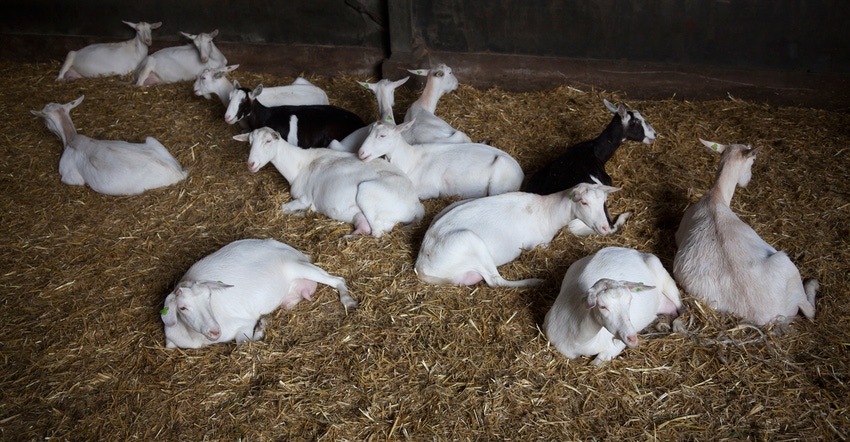
As much as I love showing livestock, it is kind of a relief when the show season comes to a close.
My kids only show their cattle, pigs and goats in the warm spring, summer and fall months. By early October we have sent cattle back to my mom’s farm to graze for the winter, and the hogs and goats go to market. The barn is empty and we are done. And literally within a week’s time the cold north wind begins to blow.
As that wind rattles through my bones throughout November, December, January and February I think to myself, “I am glad we don’t have to keep animals warm right now.”
The kids say it too: “Mom, can you imagine trying to walk pigs in this?” my son Jackson will randomly comment. We realize there are others; plenty of professional ranchers, farmers and 4-H’ers, who are worrying about cold winter winds.
Most ranchers will say they know how to keep cattle warm, but there are ways to make sure stock do not endure frostbite and maintain adequate body weight during those bitter winter months. Shielding cattle, and all livestock, from the wind is crucial. Investing in a permanent windbreak is necessary for keeping livestock out of the wind, especially if there are no natural windbreaks like trees. And while shelter requirements vary between species, a windbreak will help animals maintain their natural desire to be outside while also keeping them from getting sick.
Feeding cattle at night keeps them warm because heat produced from digesting food peaks a few hours after consumption. Increasing the amount of feed can also help prepare livestock for the cold because a higher nutrient quality in the feed means more energy.
Colorado State University Extension Service says feed will help livestock maintain body temperature, and that having a supply of good quality forages like alfalfa or grass hay goes further rather than having extra rations of grain.
Eating for heat is also the key to keeping sheep and goats warm. Roughage is fermented in the rumen, creating heat for the animals from the inside out. Roughage that keeps rumen warm includes hay, silage, beat pulp shreds and grass. Grain is important, but don’t forget to put fuel in the rumen to keep your livestock warm and happy.
Insulation is a huge luxury, but a necessary one for the kids’ sweet little 4-H meat goats. Depending on how important goats are to your family or your profitability, insulating a barn is an ideal way to keep goats warm in the coldest of winters.
And just as you might think insulating and closing up the barn is the finite answer, don’t forget about opening it up to allow good ventilation. Because warm air rises and cold air sinks, a layer of cold air on the barn floor can accumulate toxic gases like ammonia from animal waste. Proper ventilation helps to move the cold, smelly air out and push the warm air from the barn ceiling down to the animals’ level. Be careful, though, to watch for drafts. Exposure to drafts can make the animals more likely to develop pneumonia. Ventilation is good, drafts are bad.
Humans know that drinking lots of water in hot weather is very important to avoid dehydration. Giving livestock clean drinking water in cold weather is equally important. Most animals tend to drink less water in winter when the water is very cold or icy. Only desperate sheep or goats will eat ice or snow for hydration. For these two species it is essential to provide a source of warm to moderately cold water at all times in the winter. The easiest way to do this is to have heated buckets or other types of water heating devices in the barn. Don’t forget to keep your water buckets and troughs clean in the winter. Goats don’t like dirty water so keeping everything clean and fresh is important.
Giving cattle, hogs, sheep and goats a dry place to lie down is also essential. Moisture, in combination with cold temperatures, can be deadly, especially for newborn livestock. If there is moisture, livestock can suffer from frostbite and freezing, especially during sub-zero weather. Bedding must be available to help livestock stay dry and help insulate them from the ground.
So on those bitter winter mornings I tip my hat to all of those ranchers and livestock owners who brave the cold and wind to feed their animals. It is one of the best lessons of raising livestock. The winter months prove a rancher’s dedication to raising food for a growing consumer population. Keep warm this winter, please.
McCurry writes from Colwich.
About the Author(s)
You May Also Like




